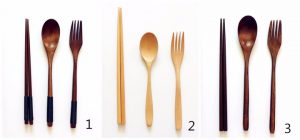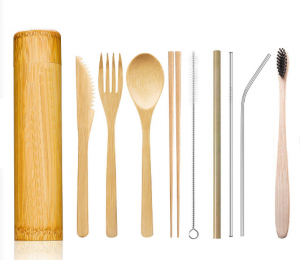The evolution of knives is a fascinating journey that spans thousands of years. From simple stone tools to the advanced steel blades we use today, knives have evolved alongside human civilization and technological advancements. Here are the key milestones in the evolution of knives:
- Primitive Stone Knives: The earliest knives were simple stone tools, created by chipping away at rocks to form sharp edges. These prehistoric knives were essential for cutting and carving tasks.
- Copper Age Knives: With the discovery of copper, humans started making knives with copper blades. These knives were sharper and more durable than their stone counterparts.
- Bronze Age Knives: During the Bronze Age, people began using bronze to make knives. Bronze knives were even more effective and allowed for more intricate designs.
- Iron Age Knives: As ironworking techniques advanced, iron knives became more widespread. Iron provided even better durability and cutting performance.
- Medieval and Renaissance Knives: During these periods, knives became more refined and decorative. They were often status symbols, and wealthy individuals carried ornate daggers.
- Folding Knives: The concept of folding knives emerged around the Roman era. These knives had a hinge, allowing the blade to fold into the handle for safer and more convenient carry.
- Modern Steel Blades: In the 19th and 20th centuries, advances in metallurgy and steel production led to the development of modern steel blades. These blades were stronger, sharper, and easier to maintain.
- Industrial Production: With the advent of mass production techniques, knife manufacturing became more efficient and affordable. This made high-quality knives more accessible to the general public.
- Specialized Knives: As culinary arts and various trades developed, specialized knives were created for specific tasks. Examples include boning knives, filleting knives, and bread knives.
- High-Tech Materials: In recent years, knife makers have experimented with high-tech materials like ceramic and titanium, which offer unique properties such as extreme sharpness and corrosion resistance.
- Modern Kitchen Knives: Today, we have a wide variety of kitchen knives designed for specific culinary tasks. Professional chefs and home cooks alike can choose from an array of high-quality knives to suit their cooking needs.
The evolution of knives reflects the progress of human civilization, from simple stone tools to the finely crafted and technologically advanced blades we use today. As technology continues to advance, we can expect further innovations in knife design and materials, ensuring that these essential tools remain indispensable in our daily lives.







